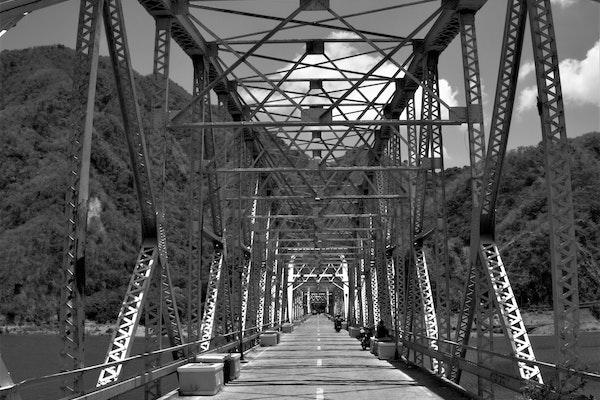The Environmental Impact and Management of Steel Corrosion

A new study led by Ohio State alum Mariano Iannuzzi, professor of materials and corrosion science at Curtin University, and co-author Gerald Frankel, professor in the Department of Materials Science and Engineering at The Ohio State University, is the first to quantify the environmental impact associated with steel corrosion. The United States spends nearly a trillion dollars fighting metallic decay every year. Global steel production has been increasing for decades, but steel is vulnerable to corrosion. This study found that in 2021, steel production accounted for 27% of the carbon emissions of the global manufacturing sector and 10.5% of total global carbon emissions worldwide. In addition, corroded steel replacement accounted for 1.6 to 3.4% of emissions. Although there has been a 61% reduction in energy consumption in the steel industry in the last 50 years, the results of this study highlight the need for policymakers to improve international policy on steel production and corrosion management. By 2030, greenhouse gas emissions produced by the steel industry could reach 27.5% of the world's total carbon emissions if actions are taken later, making the goals of the Paris Agreement and U.S. domestic climate goals almost impossible to achieve. The study suggests that using machine learning technologies is one of the best chances to reduce Earth's carbon dioxide levels.
The study, recently published in the journal npj Materials Degradation, is titled The carbon footprint of steel corrosion.
Learn more online at Ohio State News.
